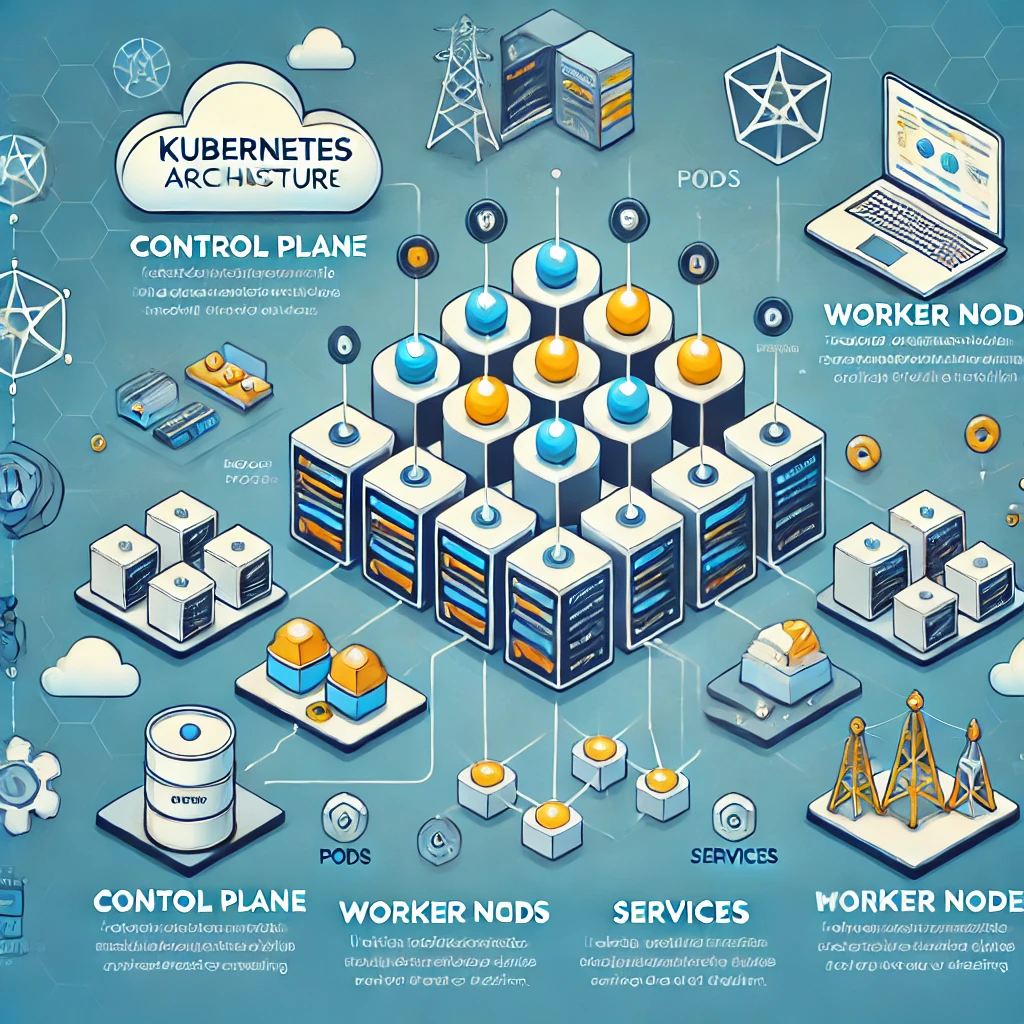Big Data Engineering is the practice of designing, building, and managing large-scale data processing systems. It involves the development of data pipelines, the integration of various data sources, and the optimization of data storage and retrieval to enable businesses to analyze and extract insights from massive datasets.
With the ever-increasing volume, variety, and velocity of data, organizations require robust architectures and processing frameworks to manage this information effectively. Big data engineers play a crucial role in building these infrastructures to support data-driven decision-making.
What is a Big Data Engineer Responsible For?
A big data engineer is responsible for various critical tasks in data management, including:
1. Designing and Developing Data Pipelines
Big data engineers build ETL (Extract, Transform, Load) pipelines to collect, process, and store data efficiently.
2. Managing Databases and Data Warehouses
They work with relational (SQL) and non-relational (NoSQL) databases to store and organize structured and unstructured data.
3. Ensuring Data Quality and Governance
They enforce data quality standards, ensure compliance with regulations (GDPR, CCPA), and implement data security measures.
4. Working with Cloud Technologies
They use cloud platforms like AWS, Google Cloud, and Azure for scalable storage, computation, and machine learning capabilities.
5. Optimizing Data Processing and Performance
They implement distributed computing frameworks such as Hadoop and Spark to process large datasets efficiently.
6. Supporting Data Science and Analytics Teams
Big data engineers work closely with data scientists and analysts to provide them with clean, structured data for model training and insights generation.
What Tools and Languages Should a Big Data Engineer Master?
Programming Languages
- Python: Widely used for data manipulation, automation, and machine learning.
- Java & Scala: Essential for working with Apache Spark and Hadoop.
- SQL: Crucial for querying databases and working with structured data.
- R: Occasionally used for statistical computing and data analysis.
Big Data Frameworks
- Apache Hadoop: Used for distributed storage and batch processing of large datasets.
- Apache Spark: A fast in-memory processing framework for big data analytics.
- Apache Flink: For real-time stream processing.
- Apache Kafka: For real-time event streaming and data ingestion.
Databases & Data Warehouses
- Relational Databases: MySQL, PostgreSQL, Microsoft SQL Server.
- NoSQL Databases: MongoDB, Cassandra, Redis.
- Cloud Data Warehouses: Amazon Redshift, Google BigQuery, Snowflake.
Cloud Platforms
- Amazon Web Services (AWS): Services like S3, EC2, Lambda, Glue, Redshift.
- Google Cloud Platform (GCP): BigQuery, Dataflow, Pub/Sub.
- Microsoft Azure: Azure Data Lake, Azure Synapse Analytics.
Data Processing & Orchestration Tools
- Apache Airflow: Workflow automation and scheduling.
- Apache NiFi: Data integration and real-time data flow management.
- Databricks: Unified analytics for machine learning and data engineering.
Conclusion
Big Data Engineering is a critical field that empowers businesses to harness large-scale data for insights and decision-making. A big data engineer plays a vital role in designing data architectures, implementing data pipelines, and optimizing data workflows using a wide range of technologies and tools.
Mastering languages like Python, SQL, and Java, along with frameworks like Apache Spark and Hadoop, and working with cloud technologies, are essential for success in this domain. As data continues to grow in importance, the role of big data engineers will remain indispensable in the world of technology and business.











